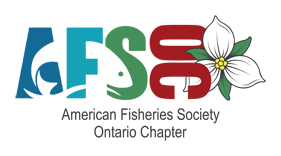Pacific Salmon Migration: Completing the Cycle
AUTHOR(S): Steven J. Cooke, Glenn T. Crossin, Scott G. Hinch CITATION: Cooke S.J., G.T. Crossin, and S.G. Hinch. 2011. Pacific salmon migration: Completing the cycle. In: Farrell A.P., (ed.), Encyclopedia of fish physiology: From genome to environment, volume 3, pp. 1945–1952. San Diego: Academic Press.
